Temitayo A. Olugbade
Learning Bodily and Temporal Attention in Protective Movement Behavior Detection
Apr 24, 2019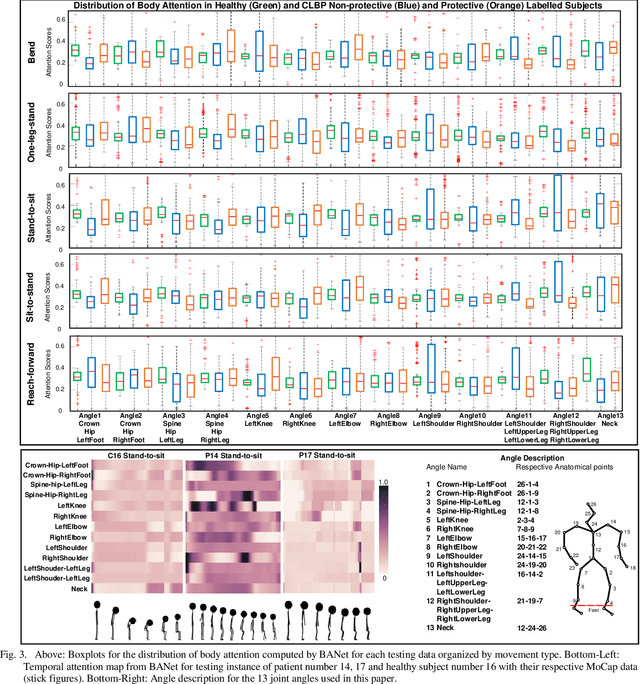
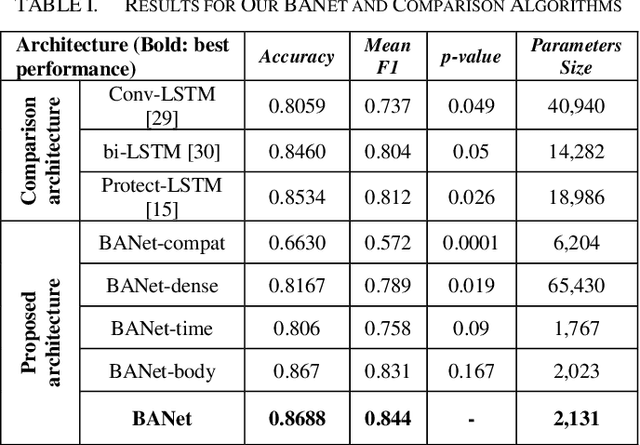
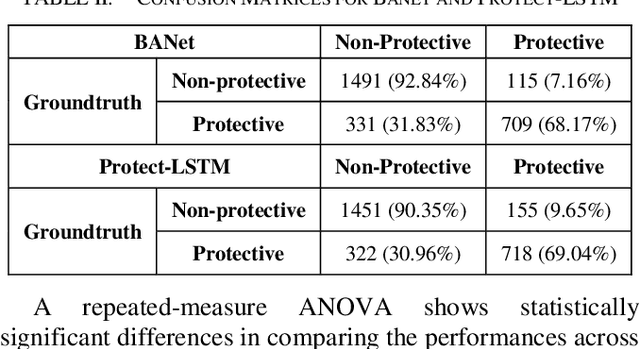
Abstract:For people with chronic pain (CP), the assessment of protective behavior during physical functioning is essential to understand their subjective pain-related experiences (e.g., fear and anxiety toward pain and injury) and how they deal with such experiences (avoidance or reliance on specific body joints), with the ultimate goal of guiding intervention. Advances in deep learning (DL) can enable the development of such intervention. Using the EmoPain MoCap dataset, we investigate how attention-based DL architectures can be used to improve the detection of protective behavior by capturing the most informative biomechanical cues characterizing specific movements and the strategies used to execute them to cope with pain-related experience. We propose an end-to-end neural network architecture based on attention mechanism, named BodyAttentionNet (BANet). BANet is designed to learn temporal and body-joint regions that are informative to the detection of protective behavior. The approach can consider the variety of ways people execute one movement (including healthy people) and it is independent of the type of movement analyzed. We also explore variants of this architecture to understand the contribution of both temporal and bodily attention mechanisms. Through extensive experiments with other state-of-the-art machine learning techniques used with motion capture data, we show a statistically significant improvement achieved by combining the two attention mechanisms. In addition, the BANet architecture requires a much lower number of parameters than the state-of-the-art ones for comparable if not higher performances.
Automatic Detection of Protective Behavior in Chronic Pain Physical Rehabilitation: A Recurrent Neural Network Approach
Feb 24, 2019
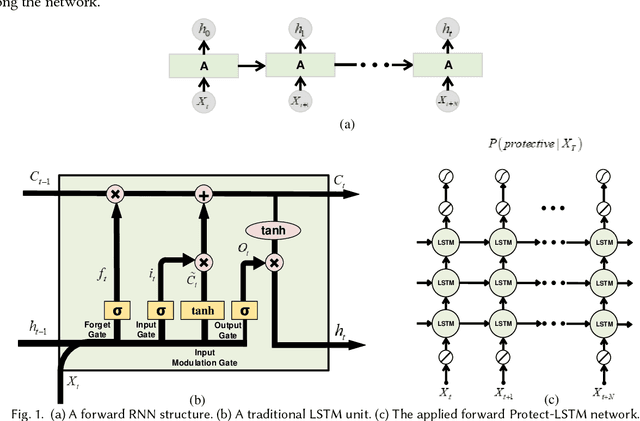

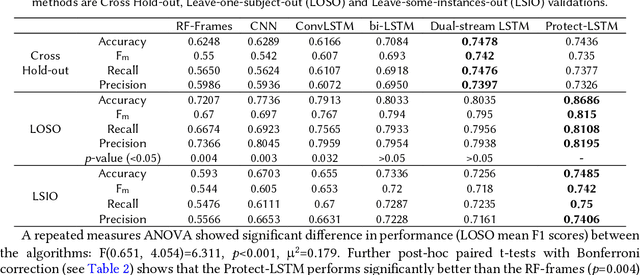
Abstract:In chronic pain physical rehabilitation, physiotherapists adapt movement to current performance of patients especially based on the expression of protective behavior, gradually exposing them to feared but harmless and essential everyday movements. As physical rehabilitation moves outside the clinic, physical rehabilitation technology needs to automatically detect such behaviors so as to provide similar personalized support. In this paper, we investigate the use of a Long Short-Term Memory (LSTM) network, which we call Protect-LSTM, to detect events of protective behavior, based on motion capture and electromyography data of healthy people and people with chronic low back pain engaged in five everyday movements. Differently from previous work on the same dataset, we aim to continuously detect protective behavior within a movement rather than overall estimate the presence of such behavior. The Protect-LSTM reaches best average F1 score of 0.815 with leave-one-subject-out (LOSO) validation, using low level features, better than other algorithms. Performances increase for some movements when modelled separately (mean F1 scores: bending=0.77, standing on one leg=0.81, sit-to-stand=0.72, stand-to-sit=0.83, reaching forward=0.67). These results reach excellent level of agreement with the average ratings of physiotherapists. As such, the results show clear potential for in-home technology supported affect-based personalized physical rehabilitation.
Automatic Detection of Reflective Thinking in Mathematical Problem Solving based on Unconstrained Bodily Exploration
Dec 18, 2018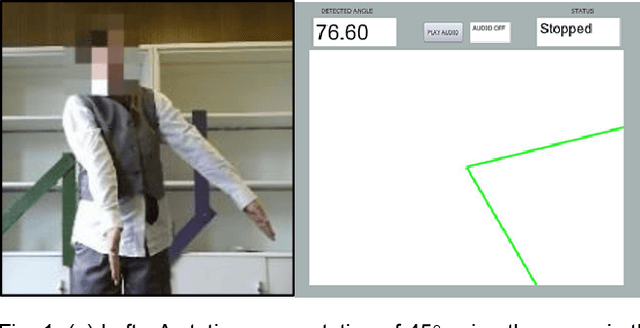

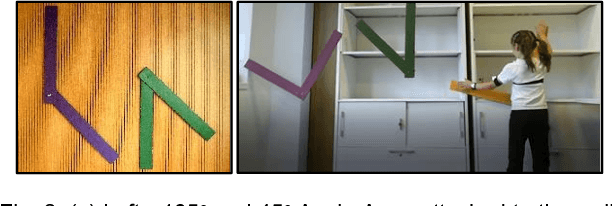

Abstract:For technology (like serious games) that aims to deliver interactive learning, it is important to address relevant mental experiences such as reflective thinking during problem solving. To facilitate research in this direction, we present the weDraw-1 Movement Dataset of body movement sensor data and reflective thinking labels for 26 children solving mathematical problems in unconstrained settings where the body (full or parts) was required to explore these problems. Further, we provide qualitative analysis of behaviours that observers used in identifying reflective thinking moments in these sessions. The body movement cues from our compilation informed features that lead to average F1 score of 0.73 for automatic detection of reflective thinking based on Long Short-Term Memory neural networks. We further obtained 0.79 average F1 score for end-to-end detection of reflective thinking periods, i.e. based on raw sensor data. Finally, the algorithms resulted in 0.64 average F1 score for period subsegments as short as 4 seconds. Overall, our results show the possibility of detecting reflective thinking moments from body movement behaviours of a child exploring mathematical concepts bodily, such as within serious game play.
 Add to Chrome
Add to Chrome Add to Firefox
Add to Firefox Add to Edge
Add to Edge